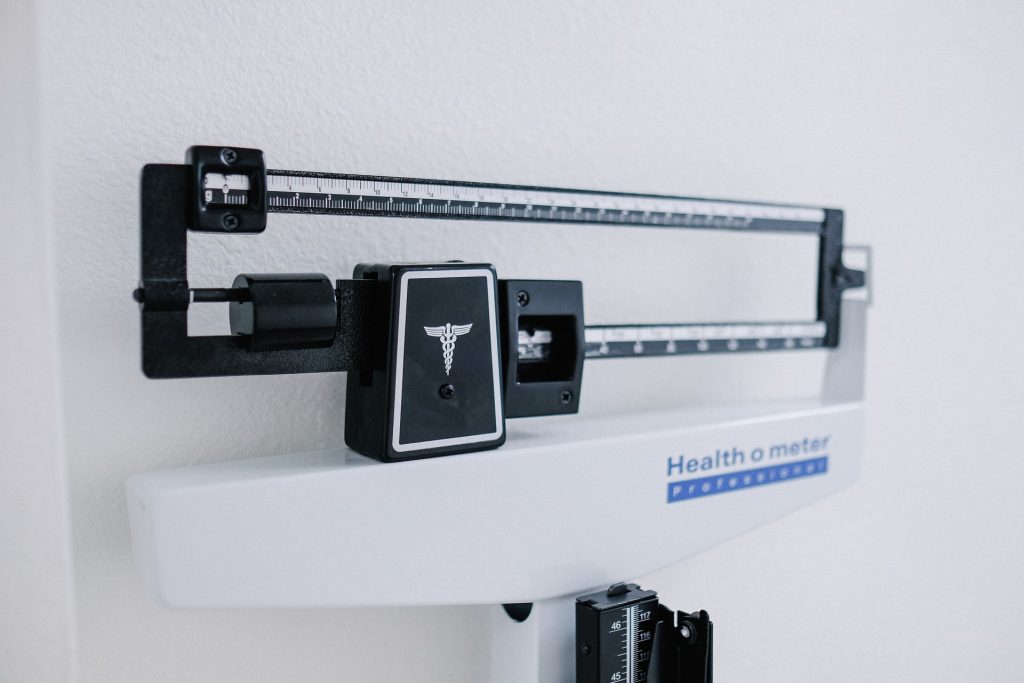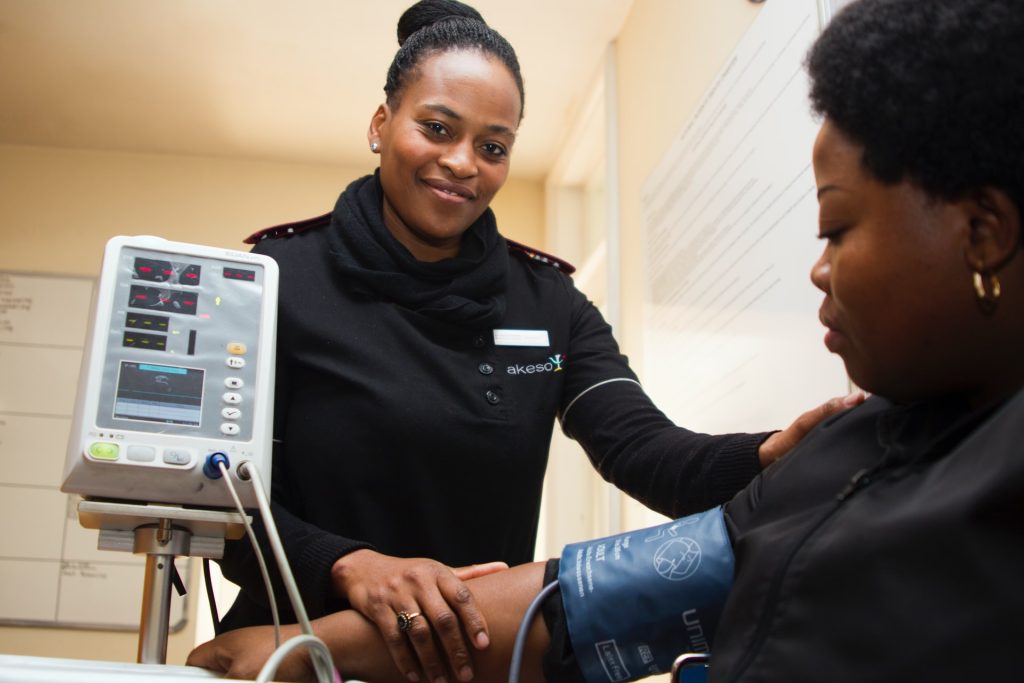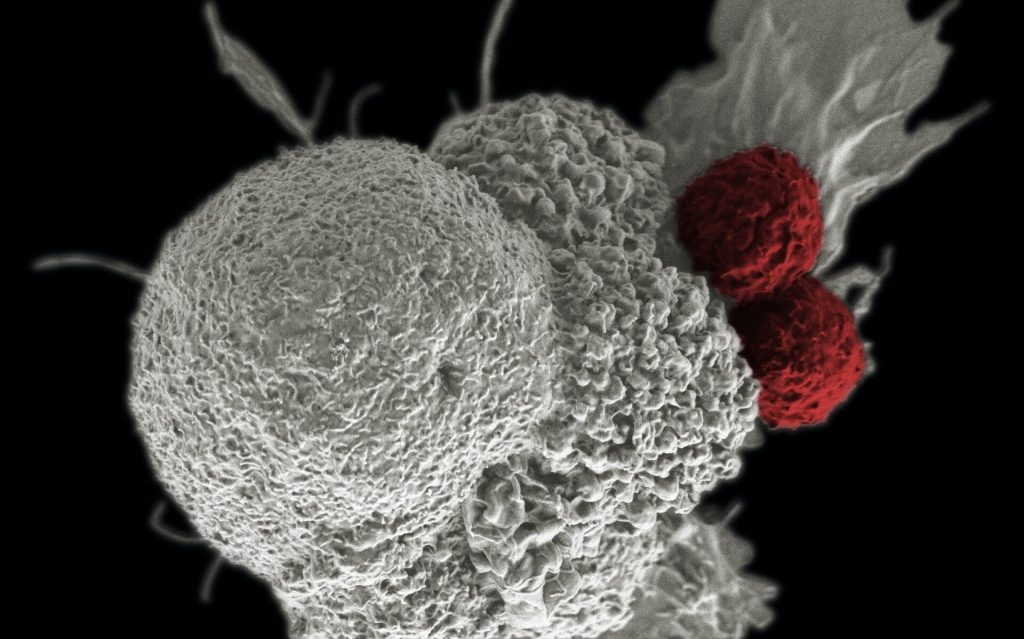Minimal COVID Breakthrough in Vaccinated Healthcare Workers

Results from a study of cases at Israel’s largest medical centre have shown that breakthrough COVID infection appears to be rare in vaccinated healthcare workers, though they still pose a further infection hazard. Breakthrough infections were correlated with neutralising antibody titres in the early days of infection, and were mild or asymptomatic.
The findings were published in the New England Journal of Medicine. Testing for symptomatic COVID as well as those who had been exposed to an infected person, out of 1497 healthcare workers, the researchers found 39 testing positive in PCR tests. The researchers also measured neutralising antibody titres of uninfected controls. Breakthrough infections were defined as testing positive for SARS-CoV-2 11 days after the second immunisation dose.
Of the 39 cases, 27 occurred in workers tested solely because of exposure to an infected person, 26 (67% of all cases) had mild symptoms at some stage, and none needed hospitalisation. The remaining 13 workers (33%) were asymptomatic. The researchers found that 85% of the 33 infections tested for variants of concern were caused by the Alpha variant.
Symptoms reported included upper respiratory congestion (36% of all cases), myalgia (28%) and loss of smell or taste (28%); fever or rigors were reported in 21%. On follow-up questioning, 31% reported having residual symptoms 14 days after diagnosis. Six weeks after their diagnosis, 19% reported having ‘long COVID’ symptoms. Nine workers (23%) took a leave of absence from work beyond the 10 days of required quarantine.
They discovered that neutralising antibody titres were lower than uninfected controls during the “peri-infection period”.
“Most important, we found that low titres of neutralising antibody and S-specific IgG antibody may serve as markers of breakthrough infection,” they said.
Most of the cases however had N gene Ct values, suggesting they had been infectious at some point, which likely would have gone unnoticed save for exposure screening, which means the vaccine protected them against symptomatic disease, but not infection.
“However, no secondary infections were traced back to any of the breakthrough cases, which supports the inference that these workers were less contagious than unvaccinated persons,” the researchers noted.
The study was limited, the researchers acknowledged, due to a small number of cases, the possibility of asymptomatic cases being missed, and the lack of generalisability from a younger, healthy population to the general populace.
The researchers concluded that in their study, they “found that although the BNT162b2 vaccine is extremely effective, rare breakthrough infections carry an infectious potential and create a special challenge, since such infections are often asymptomatic and may pose a risk to vulnerable populations.”
Journal information: Bergwerk M., et al. Covid-19 breakthrough infections in vaccinated health care workers, New England Journal of Medicine, 2021; DOI: 10.1056/NEJMoa2109072.










